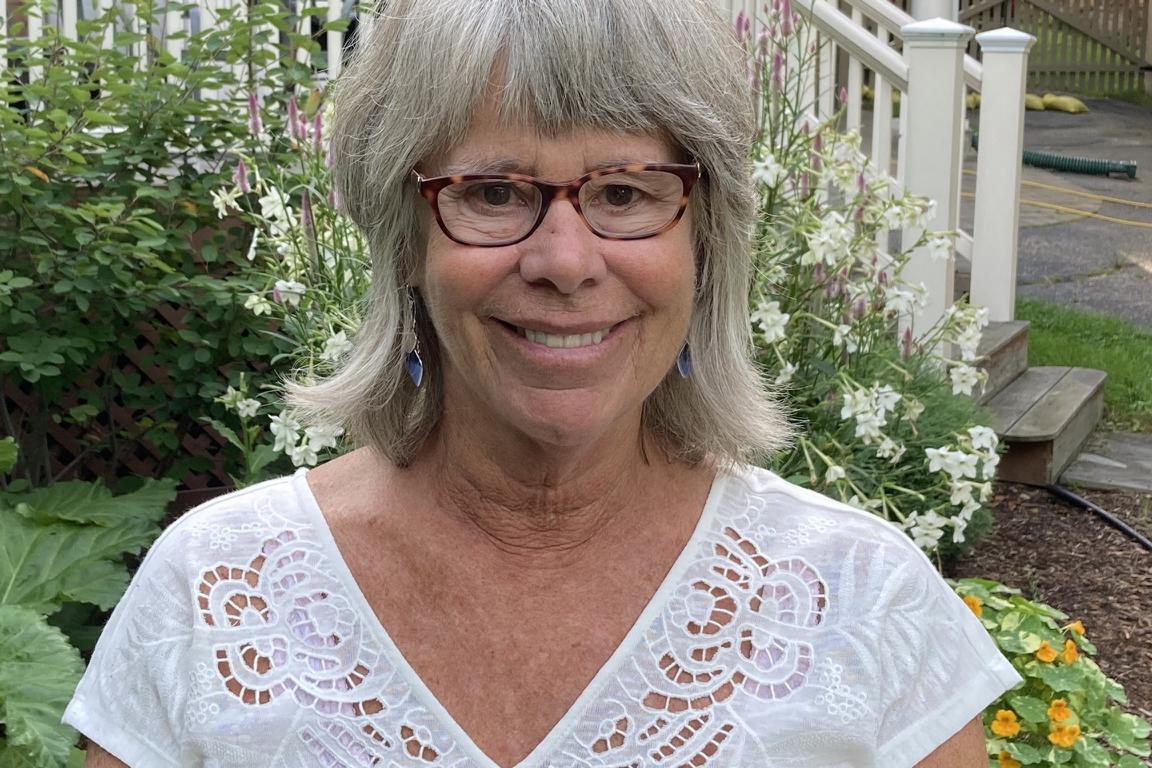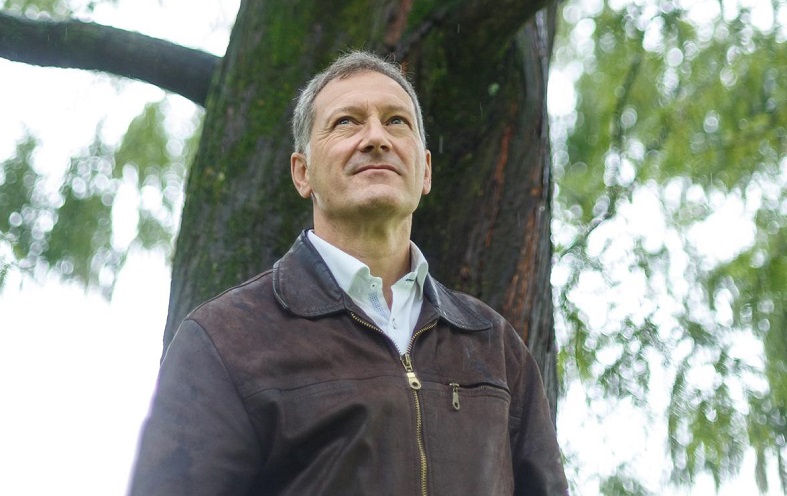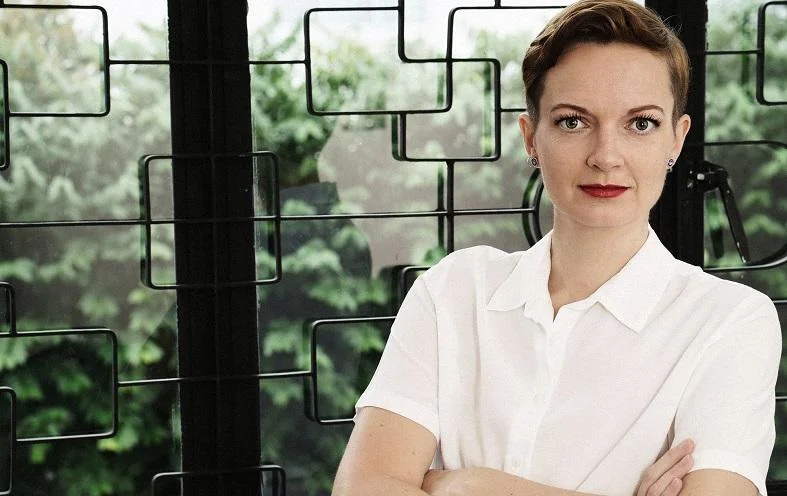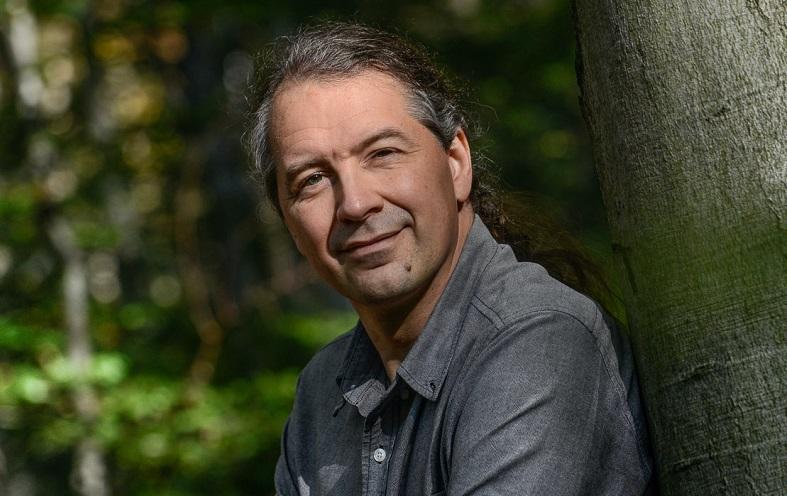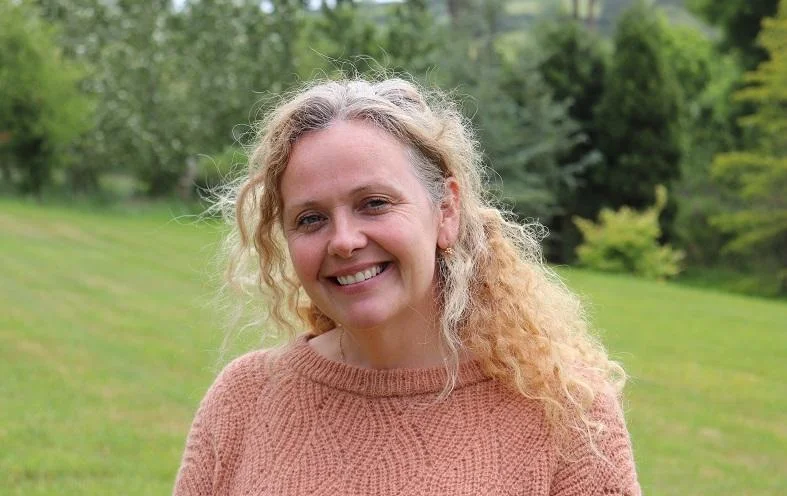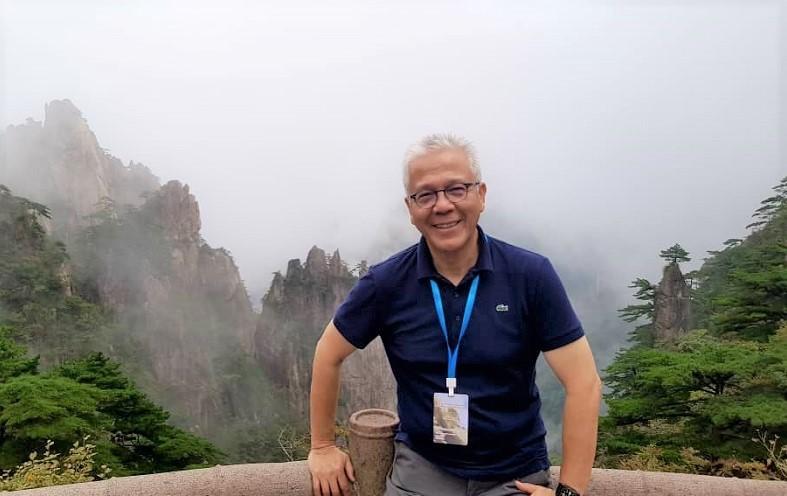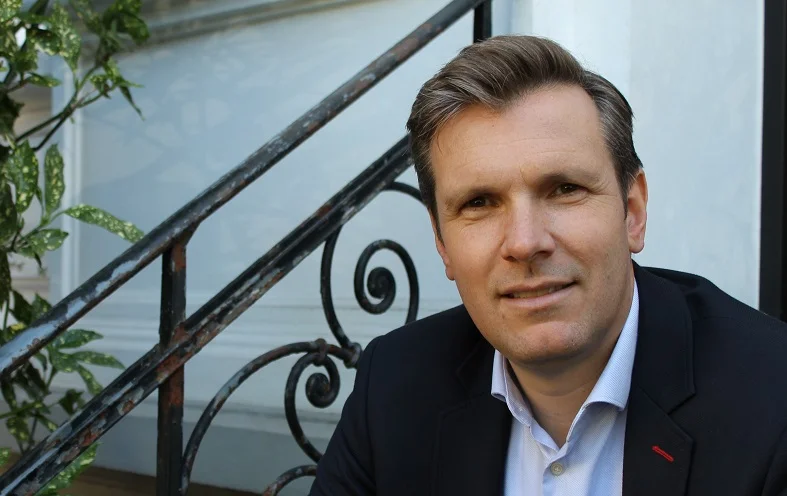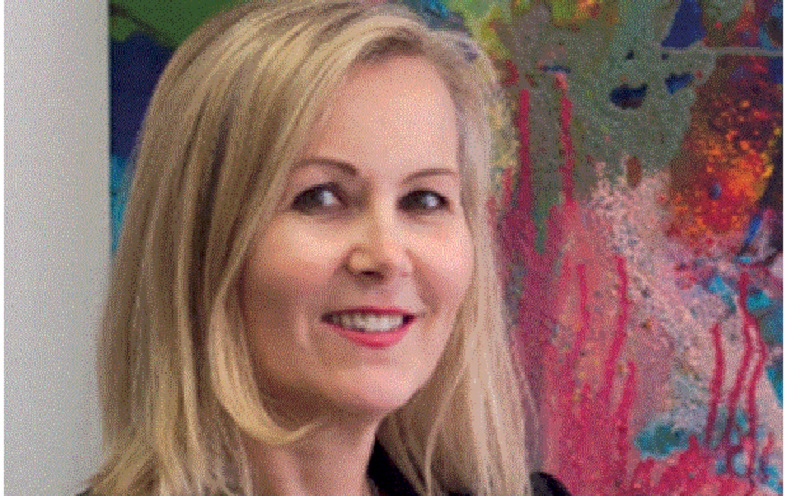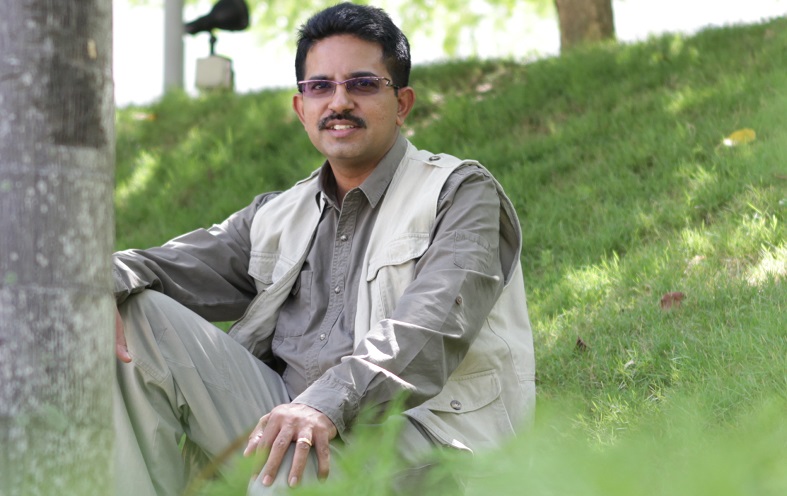
The Bahamas: hardly anyone who hasn’t heard about this legendary tourist destination and a mecca for cruise worshipers. Vikneswaran (Vik) Nair, Dean of Graduate Studies & Research and Professor (Sustainable Tourism) at the University of The Bahamas, in this interview, gives us a behind the scenes tour around the archipelago: the sustainability challenges, inspiring projects, and trends impacting the popular tourist destination. He also shares his thoughts on tourism and sustainability in his native country, Malaysia, and discusses the potential of community-based tourism for rural areas.
Vik, having been involved in research on ecotourism and community-based tourism for many years now, do you remember what first got you interested in the topic?
It was by chance that I got involved in this field. With a first degree in science horticulture, I worked for a few years in oil palm plantations and golf course landscaping. My exposure to this career helped me understand how the unsustainable management of our environment will result in negative long-term consequences to mankind. Hence, I continued my postgraduate studies in environmental impact assessment and my doctoral research in ecotourism management.
With the knowledge that I gained, I continued to work with local communities and various stakeholders to educate them to be responsible to their surroundings – environmentally, socio-culturally, and economically. Also, I published extensively to advocate my passion and worked on various award-winning projects.
How has your view on the potential of tourism to support rural communities changed over the years?
Over the years, I realised that sustainable tourism is not just about finding the equilibrium as far as the three pillars of sustainability are concerned. The 3Ps – profit (economy), people (socio-cultural), and planet (environment) – are reliant on the fourth ‘P’, which is “politics.”
The potential of tourism to support rural communities is dependent on the politics of the country.
Politics here also means the governance, accountability, policies, and ethics. With no political will, the 3Ps will fail miserably. Thus, winning the support of whoever is the government of the day is critical for rural communities to reap the potential that tourism can bring.
Tourism is a good alternative income for many rural communities – if it is executed correctly with support from the government.
Empowering Bahamians through entrepreneurship was the topic of a recent seminar you offered. In a nutshell, what do you mean/propose?
Although tourism is the biggest GDP contributor in The Bahamas, the benefits that trickle down to the local community are minimal. The Minister of Education of The Bahamas indicated recently (The Tribune, 13 June 2019) that almost 70% of high school students in The Bahamas do not end up in universities or colleges. They go directly into the workforce with poor skills and no entrepreneurship acumen.
Thus, in my seminar I propose a toolkit to take them step-by-step in preparing, developing, and sustaining community-based tourism initiatives in their neighbourhood, village, township, or even in some of the outer islands in The Bahamas.
The Bahamas is an archipelagic nation that has a rich culture and heritage unique to each island. This toolkit will empower Bahamians, especially the youth, to be innovative and succeed as entrepreneurs in developing an authentic community-based tourism product that is currently lacking in the country. These young and innovative entrepreneurs can transform their existing natural and man-made assets within their community into a tourism product that is marketable.

Community-based tourism is also the focus of a new partnership between the Bahamas Tourism Development Corporation and the University of The Bahamas. Briefly, how did the partnership come about, and what are its objectives?
The partnership between the Bahamas Tourism Development Corporation and the University of The Bahamas is timely, as both parties have a similar aim in bringing enlightenment in the community and showing a new and refreshed face to tourism that can benefit them directly. Through this partnership, a series of workshops will be organized for all relevant stakeholders and members of local communities to better manage their products and attract the bulk of cruise tourists that The Bahamas receives, to visit these villages and experience real Bahamian culture and heritage.
Having worked for many years in Malaysia, and now The Bahamas – how do both countries approach tourism sustainability – are there any differences?
As a fairly rich and politically stable nation with no natural disasters, Malaysia has sufficient funding and expertise (with more than 100 universities and 400 colleges) to drive the tourism industry to be more sustainable. The Malaysia homestay experience programme, a product of community-based tourism, won the UNWTO Ulysses Award for Innovation in Public Policy and Governance in 2012.
In The Bahamas, the lack of funding, poor capacity, and hazards such as hurricanes have resulted in making tourism sustainability more challenging. Compared to many other countries in the region, The Bahamas is politically stable. Despite this, the continuous politicization of every single issue in the country and the unstable employer-union-government environment has also made the country slow in its development. Tourism sustainability in The Bahamas should not just be about the economy (which is important) but also about the long-term impact on communities and the natural environment.
In an archipelagic nation like The Bahamas, it is more challenging to manage and replicate fundamental resources in each island. The country’s economic and environmental vulnerabilities amplify The Bahamas’ sensitivity to harmful external shocks. These vulnerabilities emanate from a limited resource base; high dependence on export earnings; a small domestic market; and high susceptibility to climate change and natural and environmental disasters.
So, the approach to tourism sustainability is certainly different.
Which part of developing sustainable CBT is the most difficult, in your experience?
On average, the gestation period for community-based tourism to succeed takes up to 5 years. This can be a challenge, as most communities engaged in CBT projects want to see immediate results. Only those who can persevere can succeed in this form of tourism. Hence, preparing the community to stay focused and not lose hope in their community-based tourism endeavour can be difficult, if tourism is the main income and is not regarded as an alternative source of income for the community.
In many successful community-based tourism models in Southeast Asia, the women and the youth are involved in the business, whereas the men are typically the primary breadwinners as they are involved in other mainstream careers like agriculture, fishing, local industries, etc. Thus, the local community is able to have a sustained income all through the low and high tourism seasons. Nonetheless, reaching this sustained state can be one of the most difficult tasks.
Which are the main challenges in Malaysia and The Bahamas as destinations, currently hindering more sustainable tourism?
Finding the right balance between “overtourism” and “undertourism” is a challenge that is not only facing Malaysia and The Bahamas as destinations. It has become a major issue in many destinations across the globe, hindering a more sustainable and responsible tourism.
Finding the right capacity for a destination without damaging its very existence can be a challenge if tourism is a major contributor to the GDP, as can be seen in both Malaysia and The Bahamas. Politicising the actual economic impact of tourism in both countries results in over-exploitation of tourism resources, hence rendering them unsustainable.
Joao Ministro of the Algarve in Portugal in his interview highlighted how tourism can be a great tool for preserving and strengthening cultural traditions. But it can also destroy them. How can communities – especially in rural areas – seize the potential of tourism and at the same time avoid its pitfalls?
He is spot on. In my community-based tourism toolkit that I am introducing to The Bahamas, the critical stage of developing community-based tourism, especially in rural areas, is the first stage which is preparing the community.
Assessing community needs and readiness for tourism is critical. Why should the community be involved in tourism? This is the key question that needs to be asked and answered before a community is ready to embrace tourism.
The community needs to be educated on how tourism can be a great tool for preserving and strengthening cultural traditions, but if they are ignorant of the potential pitfalls, it can destroy the authenticity of the community’s culture. Only after the community agrees to proceed to work on tourism should they be educated and prepared for tourism.
Once a community decides to embrace tourism, educating, and preparing the community is crucial.
Would you consider tourism in its current state in The Bahamas sustainable? Which are the main issues?
Tourism in its current state in The Bahamas may not be sustainable. There are many challenges that need major interventions and collaboration between the government and the industry.
The Bahamas cannot move away from the low yield cruise tourist, there must be a strategy in place to increase the receipt for these day-trippers. Despite the high arrivals, the average expenditure of cruise tourism in the country is USD$70-132. Hence, it is critical to focus on product development that will encourage these day-trippers to explore further and contribute more to the local economy.
The environment is the heart of tourism in The Bahamas. Hence, all efforts and legislation must be put in place – or tightened – to protect the environment and ensure the country is safe for tourists to explore.
Politics should not cloud the actual long-term consequences of tourism development on the pristine archipelagic small island destination state.
To your mind, what role does – or could – destination branding and marketing play, in facilitating sustainable rural and community-based tourism in The Bahamas?
Destination branding and marketing play a critical role in facilitating sustainable rural and community-based tourism in The Bahamas.
The 21st century tourist expects more from a destination. The experiential part of their visit is critical. They want to be – or be seen to be – responsible when they visit a destination (both in rural and urban settings).
Hence, social media and travel advisory sites (e.g. TripAdvisor, Expedia,…) play a key role in facilitating these rural tourism sites. No tourist is going to risk coming to an off-the-beaten rural destination if the word-of-mouth indicates a negative image. So, branding and marketing are key.
Which broader trends and developments do you observe, likely to positively – or negatively – impact the work of community tourism organizations and responsible tourism advocates in the Caribbean?
On 13 December 2012, the one-billionth tourist had arrived. Today the number is exceeding 1.2 billion. From a survey carried out with these tourists to understand better what the 21st-century tourist expects, the following top five actions were indicated:
(1) Buy local
(2) Respect local culture
(3) Protect heritage
(4) Save energy
(5) Use public transport
Destinations that can fulfill these expectations will be successful in attracting tourists. Hence, responsible tourism is the way forward for all tourism offerings in the Caribbean. Community-based tourism fits perfectly this expectation of the 21st-century tourist.
As a professor and dean of graduate studies at the University of The Bahamas, do you experience a growing interest in the topic of sustainability among students or colleagues?
Indeed, there is a growing interest in the topic of sustainability and responsibility in the university community at large. In October 2018, we officially opened the GTR Campbell Small Island Sustainability Research Centre (SIS-RC) at the University of The Bahamas to address the needs of the country.
Small Island Sustainability is a signature programme at the University of The Bahamas with various degree options that will provide students the opportunity to interact with each other and create inter-disciplinary synergies for dynamic research. The importance of this new research centre and the role it will play in the future growth and development of the country – as far as sustainability is concerned – cannot be denied.
Which gaps in research would you like to be addressed – which urgent topics need to be investigated further?
The dire consequences of climate change that will increasingly affect tourism seasonality, as well as tourism product design, are two important lines of study that need to be conducted.
Despite being an important agenda item that has also been highlighted in the UN Sustainable Development Goals, there seems to be a lack of seriousness among the policymakers in accepting these research findings.
What experiences have you made with community-based tourism in Southeast Asia – which communities have applied it particularly successfully, in your view?
I have had many good experiences during the two decades I have worked with local communities in Southeast Asia. Every country has a different approach in managing successful community-based tourism.
Although one size does not fit all, there is a commonality in the development process and life cycle of community-based tourism projects. For example, the local community in Miso Walai, Kinabatangan in Sabah, Malaysia successfully introduced a community cooperative to run its community‐based tourism (CBT), which eventually expanded its economic benefits to all members of the community who participated in the programme. The cooperative allowed the community to move away from relying on government handouts or subsidies. Shareholders in the cooperative enabled higher community involvement in the decision‐making processes, increased tourism income distribution, solidified the sense of ownership, strengthened social cohesion, and inevitably increased community support. This model should be benchmarked.
Which lessons have you learned along the way of developing and promoting the concept?
It is critical in community-based tourism that the community understands what tourism is all about. Tourism is not a panacea for all their problems. Hence, asking the right questions to the community is crucial.
For instance, why tourism? What is their current lifestyle? What are the expectations of the community? What is their current source of livelihood and socio-economic condition, and what is the long-term prospect of their current source of livelihood?
The answers to these questions are fundamental for the community to comprehend before they decide on tourism as an alternative source of income, a tool to justify conservation/preservation efforts, and/or a training ground for future participants in other economic sectors.
Only then can a situational analysis be carried out to understand the community’s values, attitudes, concerns, aspirations and expectations of community-based tourism.
Thank you, Vik.
Connect with Vik Nair via Facebook, LinkedIn, or Email.
Did you enjoy our interview with Vik Nair about destination sustainability and community-based tourism in The Bahamas and Malaysia? Spread the word!

